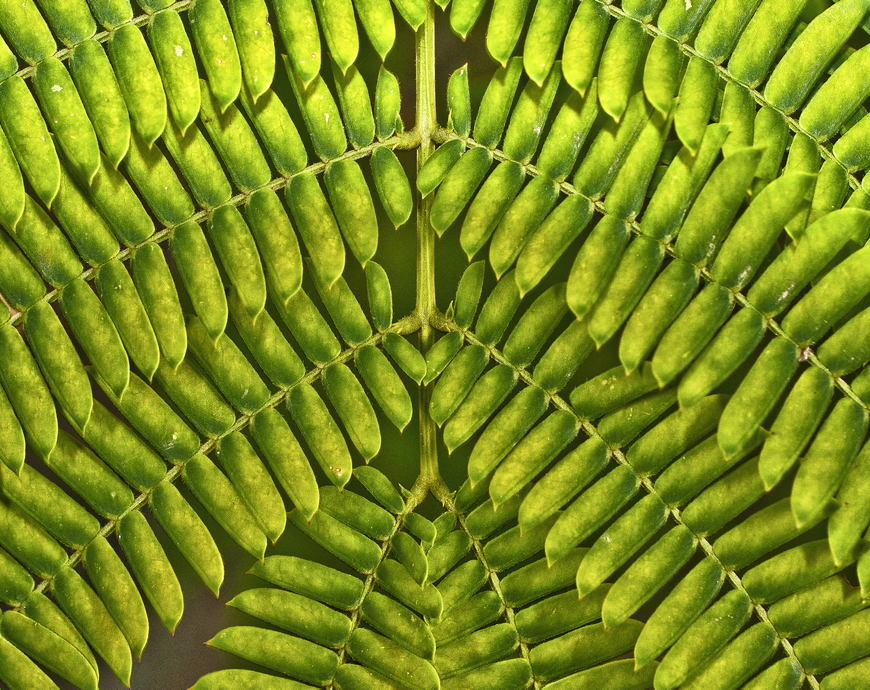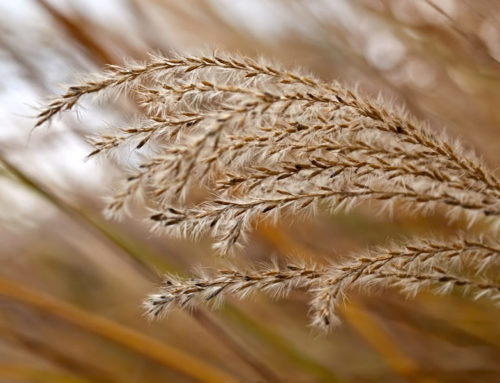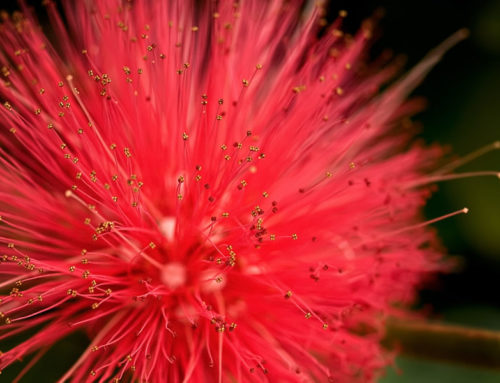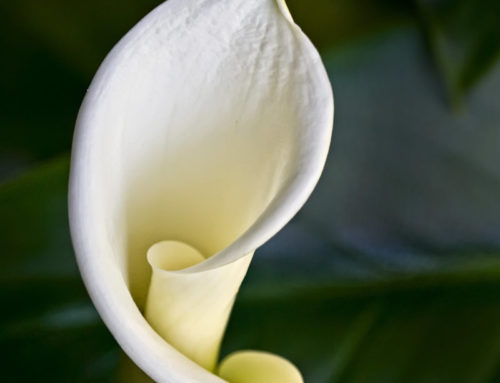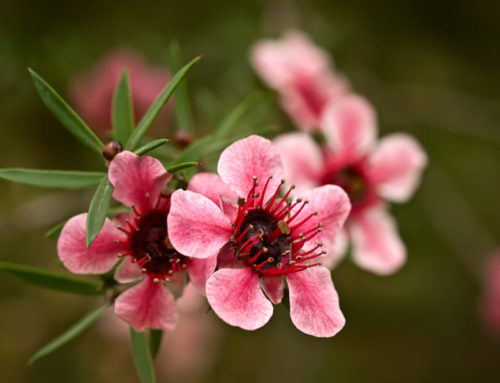Acaci, known commonly as acacia, thorntree, whistling thorn, or wattle, is a genus of shrubs and trees belonging to the subfamily Mimosoideae of the family Fabaceae, described by the Swedish botanist Carl Linnaeus in 1773 based on the African species Acacia nilotica. Many non-Australian species tend to be thorny, whereas the majority of Australian acacias are not. All species are pod-bearing, with sap and leaves often bearing large amounts of tannins and condensed tannins that historically found use as pharmaceuticals and preservatives. The generic name derives from ἀκακία (akakia), the name given by early Greek botanist-physician Pedanius Dioscorides (middle to late first century) to the medicinal tree A. nilotica in his book Materia Medica. This name derives from the Greek word for its characteristic thorns, ἀκίς (akis; “thorn”). The species name nilotica was given by Linnaeus from this tree’s best-known range along the Nile river.
The genus Acacia previously contained roughly 1,300 species, about 960 of them native to Australia, with the remainder spread around the tropical to warm-temperate regions of both hemispheres, including Europe, Africa, southern Asia, and the Americas (see List of Acacia species). However, in 2005, the genus was divided into five separate genera under the tribe “Acacieae”. The genus Acacia (sensu stricto) was retained for the majority of the Australian species and a few in tropical Asia, Madagascar, and Pacific Islands. Most of the species outside Australia, and a small number of Australian species, were reclassified into Vachellia and Senegalia. The two final genera, Acaciella and Mariosousa, each contains about a dozen species from the Americas.
Plant Info
Family Name: Fabaceae
Origin: Australia


